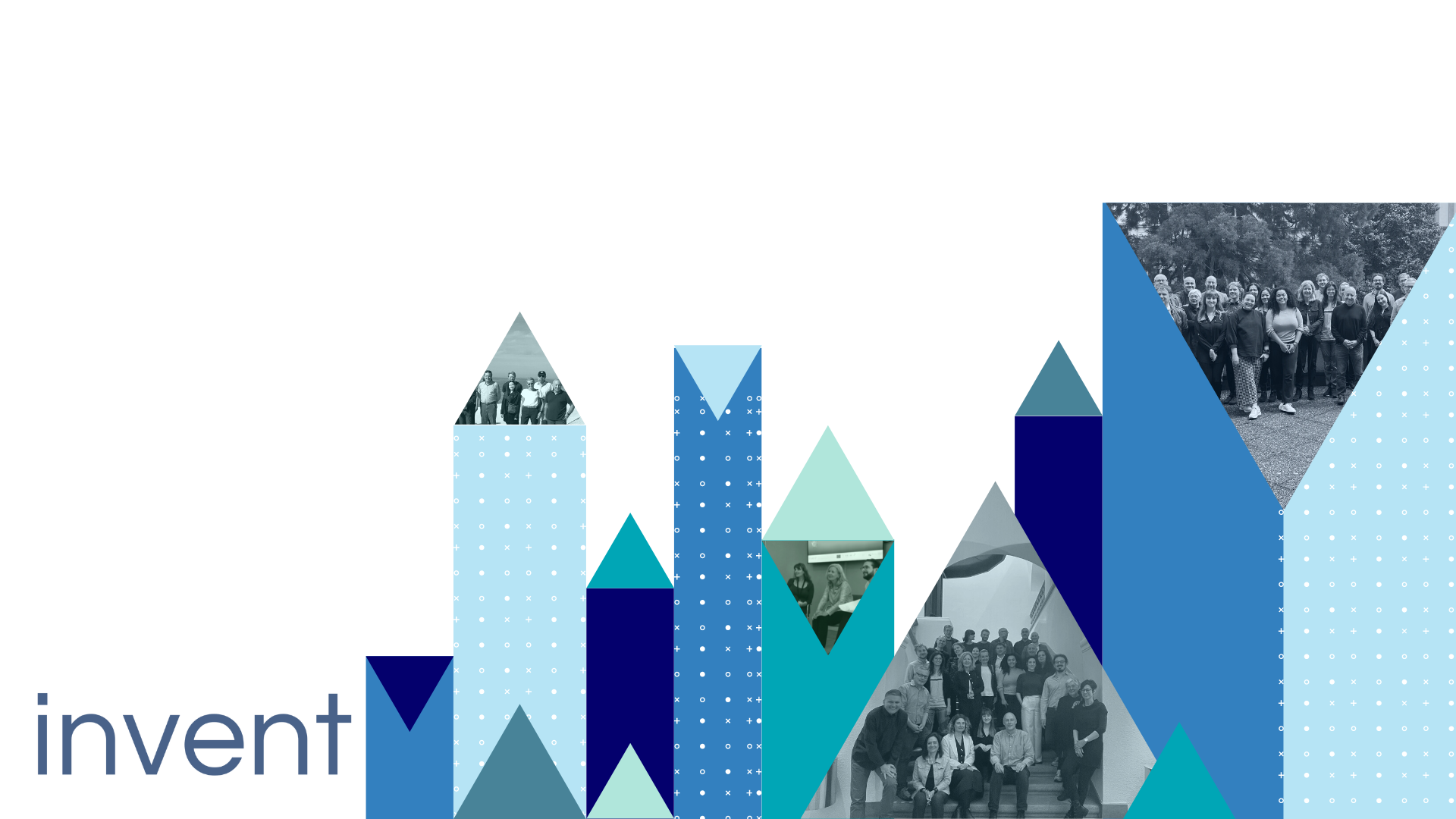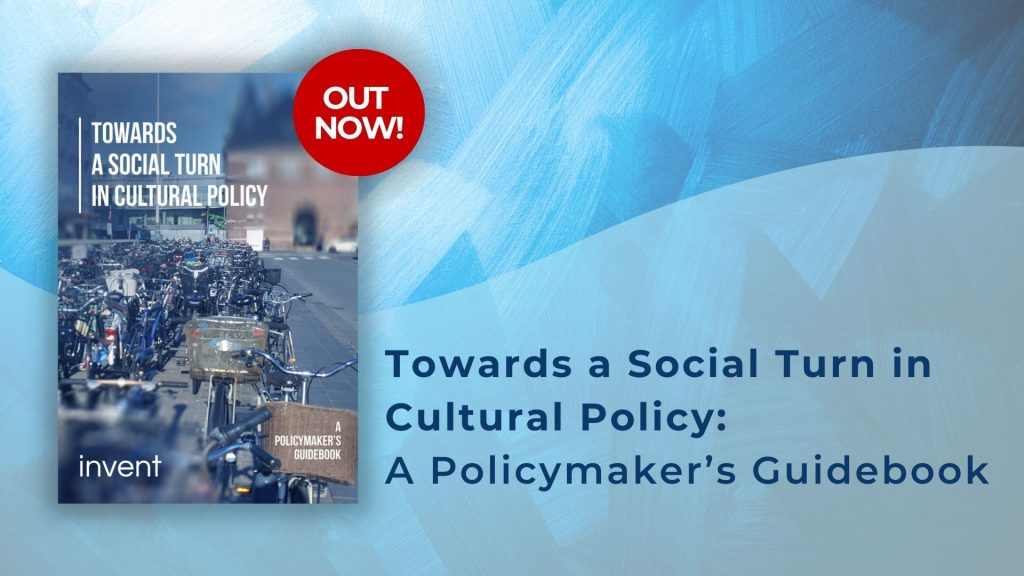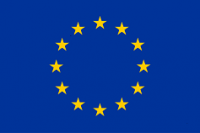PANEL IV: Cultural Participation in the Digital Era
Presentations
Europeans’ digital cultural participation: Implications for cultural policy
This presentation engages with Europeans’ participation in digital culture. Digital infrastructures have transformed how European citizens consume and participate in culture (Mihelj et al., 2019), and they have contributed both to the reinforcement and mitigation of existing barriers for cultural access (Kristensen, Haastrup & Holdgaard, 2018; van Deursen & van Dijk, 2019). We investigate Europeans’ engagement in different forms of digital cultural participation (DCP), going beyond ‘highbrow’ culture and accounting for everyday and social-mundane activities relating to culture and communication online as well (Heikkilä, 2021). Employing the concept of deep mediatization (Hepp, 2020), we address current debates on digital divides and digital capital (e.g., Calderon Gomez, 2021; Ragnedda, et al., 2022) to understand the impact of digitalization on cultural participation. We highlight differences among survey respondents from nine European countries regarding DCP and connect these general trends to insights from qualitative interviews. This mixed-methods approach helps us in understanding how technology-driven notions of mediatization have reshaped cultural access and consumption (Cochoy et al., 2019). We supplement our findings with secondary data on citizens’ cultural participation and the use of information and communication technologies across the world (e.g., Eurostat, World Value Survey, Eurobarometer, and the Reuters Digital News Report).
Citizens’ perspectives on the impact of digitalization: Implications for cultural policy
Drawing on scholarly debates about digital connections and digital divides (Baym, 2010; Lomborg & Ytre-Arne, 2021; Ytre-Arne, 2023) and a mixed-methods approach, this presentation explores how European citizens perceive the impact of digitalization of culture on society at large, on the one hand, and on their everyday lives, on the other. Special attention is allocated to the affordances of digital media (Bucher & Helmond, 2018) and to differences across countries. Starting with survey statements about people’s perceptions of how the internet has affected their everyday lives and changed the situation in their countries of residence, we next present more in-depth accounts of how people reflect on these influences in interviews. By giving voice to citizens who use digital media to different degrees and with varying skills, we provide novel insights on how digitalization is experienced by Europeans in different social contexts. Our findings suggest that meanings and values (positive/negative) attributed to digitalization of culture vary across social profiles and even countries.
Advocating for culture on social media: Implications for cultural policy
This presentation takes a bottom-up approach to the study of cultural advocacy on social media, focusing on e-petitions about cultural issues, as they reflect grassroots initiatives by citizens and their expectations from cultural offerings in their countries. We correspond with literature on online engagement and platformisation (Leston-Bandeira, 2019; Papacharissi, 2010; Valtyssion, 2022; Van Dijck, Poel & De Waal, 2018), digital cultural participation (Mihelj, Leguina & Downey, 2019), and studies conducted on e-petitions (Bochel & Bochel, 2017; Leston-Bandeira, 2019) to investigate the various types of cultural causes and goals that citizens pursue through e-petitions and how these are debated, circulated and supported on social media. We use data scraping techniques and human language processing methods to examine e-petitions on Facebook between 2018 and 2022. Based on topic modelling (cf. DiMaggio, Nag & Blei, 2013), we identify themes pertaining to the most trending cultural issues discussed through online petitions, including social equality and human rights, national/international rifts, and social inequality. We conclude by discussing the meaning of e-petitions for cultural policy in different countries and contexts. We argue that besides influencing policy and decision-making and changing a government’s course, e-petitions fulfil, amongst others, functions such as the expression of dissatisfaction and frustration; forming or finding like-minded communities; or alerting others.
Experiencing culture: Applying new methods to understand contexts and outcomes of participation in cultural activities
This presentation considers how new methodology can be used to study cultural participation in different ways and with more precision than is done in most current studies. Sociological studies of cultural participation often rely on cross-sectional survey data or interview data, which have enabled scholars to disclose social inequalities (e.g., Bennett et al., 2009; Falk & Katz-Gerro, 2016), but are less suitable to observe everyday forms of culture, the social contexts of participation, and perceived outcomes of participation. To increase our understanding of cultural participation in these areas, we use Experience Sampling Methodology (EST) (Myin-Germeys & Kuppens, 2022). This is a diary survey type which allows researchers to examine what people do, feel, and think during their daily life. More than 300 respondents received, during one week four times a day, a short survey on their smartphone that asked about their cultural participation in the hours just before they received the survey – yielding more accurate and detailed measures of cultural participation as well as perceived outcomes than regular surveys. We discuss (a) where, (b) when, (c) with whom, and (d) what specific activities were reported by social groups (age, gender, education). Furthermore, we analyze how respondents experienced various activities. Finally, we discuss the benefits and drawbacks of EST as a novel method for measuring cultural participation.



 This project has received funding from the European Union’s Horizon 2020 research and innovation programme under grant agreement No
This project has received funding from the European Union’s Horizon 2020 research and innovation programme under grant agreement No